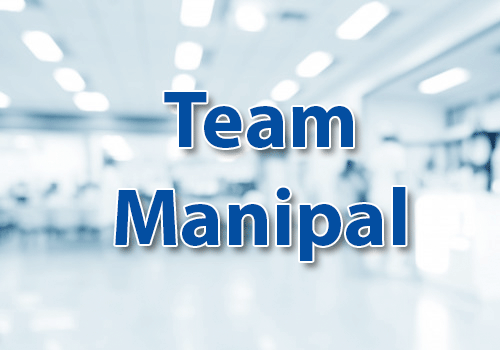
Haemophilia is a rare blood disorder that occurs when blood doesn’t clot normally due to lack of sufficient blood-clotting proteins. If you are suffering from haemophilia, excessive internal or external bleeding may occur after an injury or damage.
Every year, around 1000 children are born with this genetic disorder that has no cure. However, it can be managed with proper care and treatment.
Symptoms of Haemophilia
Few signs and symptoms associated with Haemophilia are:
- Many large or deep bruises
- Unusual bleeding after vaccinations
- Bleeding for unknown reason
- Severe pain, swelling or stiffness in the joints
- Excessive bleeding after cuts, injuries, surgeries or dental work
Causes of Haemophilia
Although Haemophilia is an inherited disorder, it can also occur due to spontaneous mutation. The causes of Haemophilia depend on the type and clotting factor.
- Haemophilia A
It is the most common type of Haemophilia that occurs due to insufficient clotting factor VIII.
- Haemophilia B
It is the second most common type of Haemophilia that occurs due to insufficient clotting factor IX.
- Haemophilia C
It is a mild form of Haemophilia that occurs due to insufficient blood clotting factor XI.
Complications of Haemophilia
Complications linked with Haemophilia are:
- Damage to the joints
Internal bleeding in the joints can put pressure on them causing severe pain. If left untreated, it can also cause arthritis and other joint disorders.
- Infection
Sometimes, Haemophiliacs may have to get blood transfusions. This increases the risk of infection through contaminated blood.
- Internal bleeding
Excessive internal bleeding can cause swelling leading to numbness and unbearable pain.
Preventing Excessive Bleeding
It is necessary for Haemophiliacs to avoid excessive bleeding by taking preventive measures. A few of them are:
- Avoid certain pain medications
There are certain drugs that can aggravate bleeding such as ibuprofen and aspirin. Consult your doctor to know the medications that you should avoid.
- Exercise regularly
Regular exercise can help build up muscle and protect joints. However, there are some sports that should be avoided by a Haemophiliac such as football and hockey.
Prevent yourself from falls and other accidents. Use kneepads, elbow pads, helmets or safety belts in risky activities.
This is intended to provide general information. For more details on Haemophilia, consult a doctor today!






















 4 Min Read
4 Min Read











